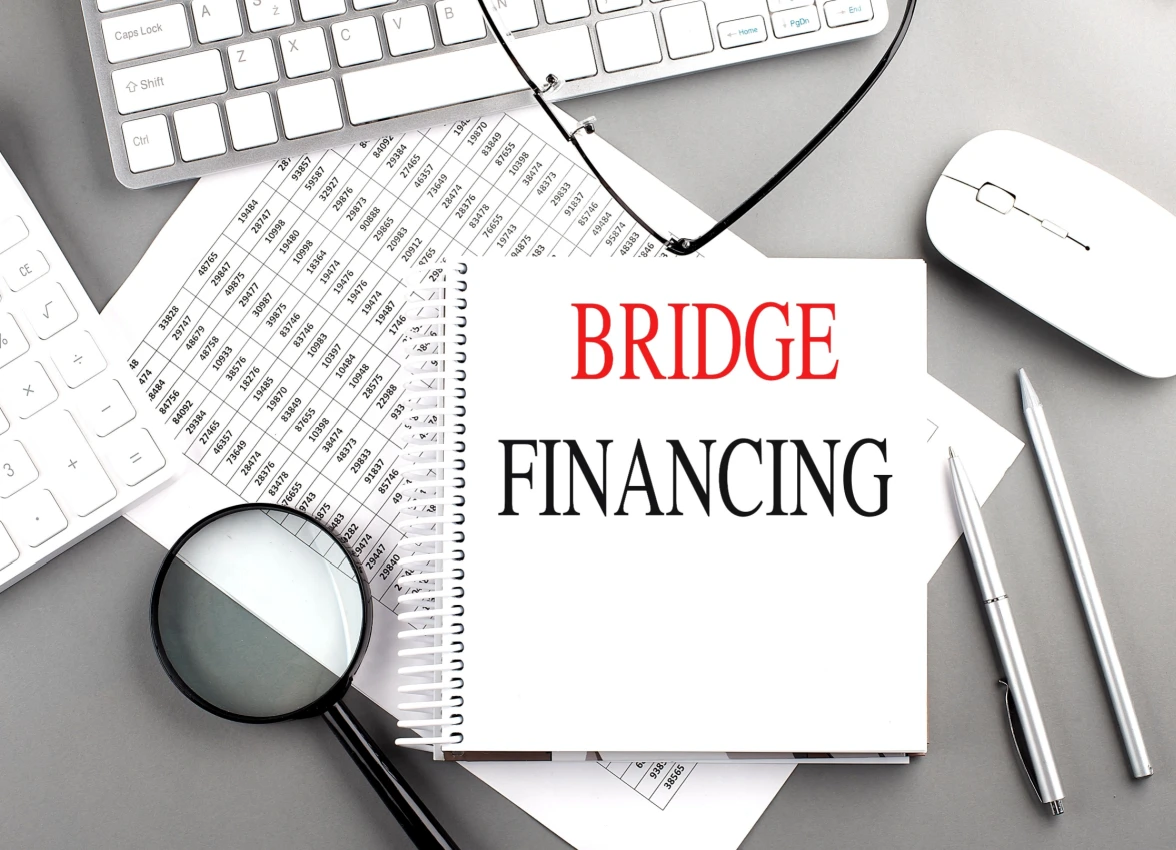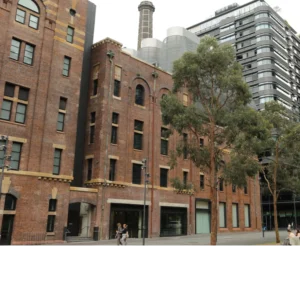
Multifamily Bridge Loans: What Real Estate Investors Need to Know
Multifamily Bridge Loans: What Real Estate Investors Need to Know
In today’s competitive market, real estate investors often need fast, flexible finance solutions to secure deals. That’s where multifamily bridge loans come in. These commercial bridge loans are designed to bridge the gap between the time a property is acquired and when long term financing is secured. While they typically come with a high interest rateand shorter repayment terms, they also provide speed and adaptability that can be crucial in hot markets.
If you’re looking to invest in multifamily properties and want to understand how a bridge loan works, this guide is for you.
What Is a Multifamily Bridge Loan?
A bridge loan is a short term loan that provides immediate capital to real estate investors. These loans are typically used to acquire, renovate, or stabilize a multifamily property before refinancing into permanent financing like an FHA or agency loan.
Unlike a traditional mortgage, bridge loans are quicker to close, offer more flexible underwriting, and often allow interest only payments to help investors maintain cash flow during the transition period.
How Does a Bridge Loan Work?
Bridge loans are offered by bridge loan lenders who specialize in asset-based lending. These lenders prioritize the property’s potential and exit strategy over your credit score or debt-to-income ratio.
The process works like this:
- You identify a multifamily property with potential upside
- You apply for a commercial bridge loan to fund the purchase or rehab
- You operate and improve the property to stabilize it
- You refinance into long term financing (like an FHA or Freddie Mac loan) once the asset is performing
Bridge loans typically fund 70 to 80 percent of the purchase price and may also cover some renovation costs. Once the improvements are completed and the property is stabilized, you exit the bridge loan through permanent financing.
Get a Free Multifamily Loan Quote
Access Non-Recourse, 10+ Year Fixed, 30-Year Amortization
Pros and Cons of Multifamily Bridge Loans
Benefits:
- Fast approval and funding (often within 10 to 30 days)
- Less emphasis on borrower credit and more focus on asset value
- Ideal for distressed or value-add properties
- Allows for interest only payments during the holding period
- Provides flexibility while you work toward long term financing
Drawbacks:
- High interest rate compared to traditional loans
- Prepayment penalties may apply
- Short repayment terms (typically 6 to 36 months)
- Higher closing costs
When Should You Use a Bridge Loan?
- You’re purchasing a property that doesn’t yet qualify for permanent financing
- You need to act quickly to secure a deal before it hits the wider market
- You’re repositioning a property with a value-add strategy
- You’re waiting for a more favorable financing environment or market condition
Bridge loans allow you to move quickly and seize opportunities without waiting on slow traditional mortgage approvals. Just be sure to have a clear exit strategy.
Key Terms to Know
- Loan amounts: Range from $500,000 to over $50 million
- Closing costs: Can include origination fees, legal fees, and more (typically 2 to 5 percent)
- Interest only payments: Helps preserve cash flow during renovation
- Prepayment penalties: Common if you refinance or repay early
- Repayment terms: Typically 6 to 36 months with balloon payments
Bridge Loan vs Traditional Mortgage
| Feature | Bridge Loan | Traditional Mortgage |
|
Speed |
Fast (10–30 days) |
Slower (30–60+ days) |
|
Term |
Short (6–36 months) |
Long (15–30 years) |
|
Interest Rate |
Higher |
Lower |
|
Payment Structure |
Often interest only |
Principal and interest |
|
Ideal For |
Value-add and time-sensitive deals |
Stabilized, long-term investments |
Frequently Asked Questions (FAQ)
What is a bridge loan in real estate investing?
A bridge loan is a short term, asset-based loan used to quickly acquire or renovate a property before securing permanent financing.
Are commercial bridge loans risky?
They can be if you don’t have a clear exit strategy. They carry a high interest rate and short repayment terms, so planning is essential.
How long does a bridge loan take to close?
Most bridge loan closes happen in 10 to 30 days depending on the lender.
What are typical bridge loan interest rates?
Rates range from 7 to 12 percent, depending on the lender and risk level.
Can you refinance a bridge loan?
Yes. That’s the goal. Most investors exit the bridge loan using long term financing like FHA, agency, or bank loans.
Do I need a good credit score for a bridge loan?
Not necessarily. Bridge lenders focus more on the asset and business plan than on your personal credit score.
Final Thoughts
Multifamily bridge loans are powerful tools when used correctly. They allow investors to move fast, reposition assets, and unlock long-term value. But they’re not for every deal. Understand the risks, costs, and timelines involved—and make sure your exit strategy is airtight.
Whether you’re buying your first value-add deal or scaling a portfolio, having a solid grasp of bridge financing can give you a serious edge.
Source: Rod Khleif













 Accessibility
Accessibility